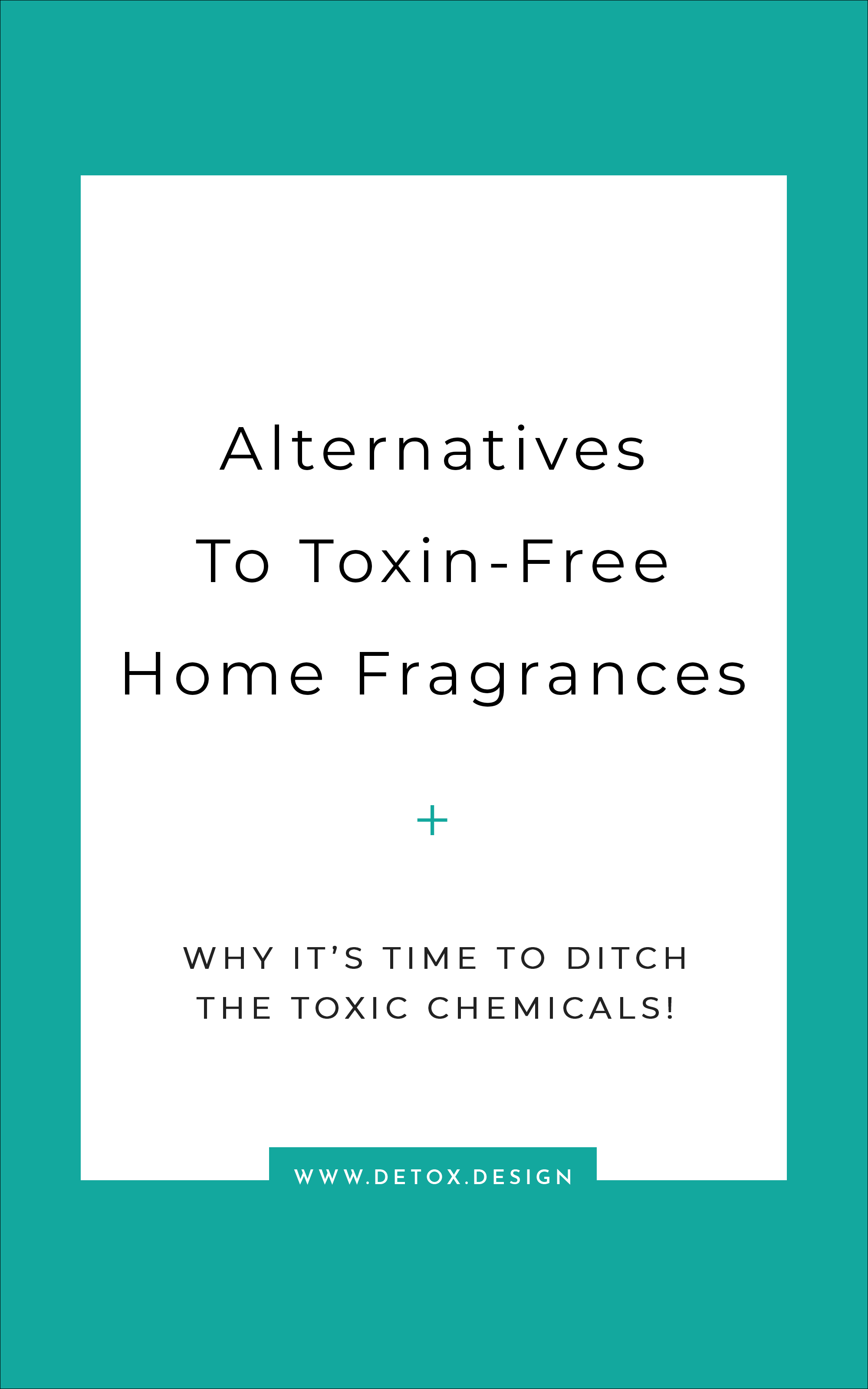It’s Fall and with it comes changing leaves, football (albeit a little different this year), and pumpkin spice everything. Just kidding, but isn’t it funny how when we think about fall, warm and cozy scents come to mind? Candles and wax warmers with names like warm vanilla, apple cider, or autumn leaves.
Ditch Harmful Home Fragrance - Why it’s Time to Ditch the Toxins and Choose Safer Options
Unfortunately, home fragrance doesn’t clean the air, it just covers up whatever is causing the bad smell. The chemicals in home fragrances make the air quality worse - that’s not what we want when we’re stuck inside more and not getting as much fresh air.
Home fragrance can also hide problems that are causing an offensive smell, for example mold. Instead of covering up the smell of our homes with a fragrance product we should be paying attention to the root cause of the smell.
Experts agree that home fragrances are a health risk. Dr. Stanley Feinman, President Elect of the American College of Allergy, Asthma, and Immunology said
This is a much bigger problem than people realize. About 20% of the population and 34% of people with asthma, report health problems from air fresheners.
Unfortunately home fragrances are regulated by the Consumer Product Safety and Title 16, Section 1500.3 highlights what is considered toxic.
To require labeling a product must first be toxic, corrosive, flammable or combustible, an irritant, or a strong sensitizer, or it must generate pressure through decomposition, heat, or other means. Second, the product must have the potential to cause substantial personal injury or substantial illness during or as a result of any customary or reasonably foreseeable handling or use, including reasonably foreseeable ingestion by children. This act has a lot of specific language and confusing dosage and exposure info most of which is required to cause death or harm within 14 days.
The ingredient doesn’t just have to be ingested. It can be absorbed through the skin or inhaled. The problem is that the great majority of chemicals we are exposed to daily don’t have short-term effects but instead are disruptive long-term.
Most conventional home fragrances have some yucky stuff, like fragrance, phthalates, and solvents.
Unfortunately, children are more at risk when it comes to home fragrance. They have higher breathing rates, spend more time on the floor, and chemicals can settle into dust and end up on the ground where young children crawl and play with toys. They can then be absorbed by the skin, inhaled, or ingested.
Yuck.
If I knew this when my girls were little then I would have been a lot better about vacuuming!
Candles are also not regulated and often don’t have an ingredient label. Plus conventional candle wicks can contain lead.
So what’s safe?
Toxin-free candles like unscented beeswax candles, essential oils with a diffuser, stovetop potpourri are some great options and I’ve included a recipe for stovetop potpourri below!
Cleaning, deodorizing using baking soda, and opening up the windows and letting in fresh air really helps too!
Stovetop Potpourri
Lemon, sliced thin
½ an apple, sliced
4 cinnamon sticks, or ½ tsp ground cinnamon
1 tsp. Vanilla extract
Place a medium sized saucepan on the back burner, fill with ingredients and let it simmer on the lowest setting. Start your potpourri about a half hour before you have guests come over…your home will smell amazing.
https://www.sciencedirect.com/science/article/pii/S0360132316304334



